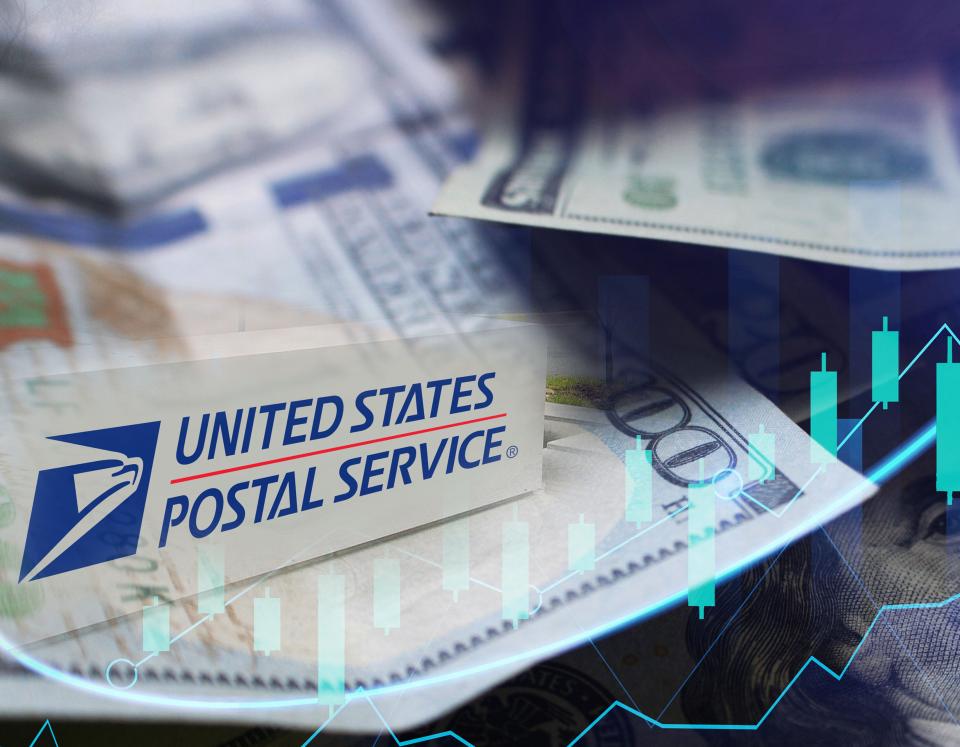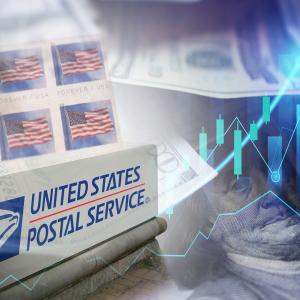Inflation and the U.S. Postal Service
- The magnitude and immediacy of the impact of high inflation on the Postal Service vary widely according to the category of costs and revenue. For example, inflation has a direct impact on cost-of-living adjustments (COLAs), which are pegged to the inflation rate.
- Price increases for market dominant products, such as First-Class Mail, are also directly tied to inflation, albeit with a lag.
- USPS can only invest cash in short-term Treasury securities, whose low interest rates do not compensate for inflation.
A primary way that inflation impacts labor costs, which account for two-thirds of Postal Service’s expenses, is through cost-of-living adjustments (COLAs), which are pegged to the inflation rate. However, COLAs increase wages less than the rate of inflation, and only 72 percent of USPS employees receive COLAs.
While inflation also affects the cost of products and services USPS purchases in the market, the immediacy of the impact depends on contract terms concerning price adjustments and contract lengths. For example, fuel price increases can have an immediate impact through monthly adjustments to the contracts with suppliers of contracted transportation services.
Price increases for market dominant products, such as First-Class Mail, are directly tied to inflation in the year before USPS filed a notice of price changes, as measured by the Consumer Price Index for All Urban Consumers (CPI-U). However, the Postal Service can increase prices above CPI-U when certain conditions are met.
Lastly, inflation erodes the purchasing power of the Postal Service’s cash on hand and borrowing limit. In particular, USPS is restricted to investing its liquidity in short-term Treasury securities, whose low interest rates do not compensate for inflation.
The Postal Service should work with stakeholders to strengthen mechanisms in place to mitigate the risks of high inflation.
John Althen, JP Ducasse, Emily Bowen, and Paola Piscioneri contributed to this report.



